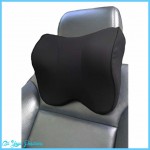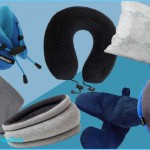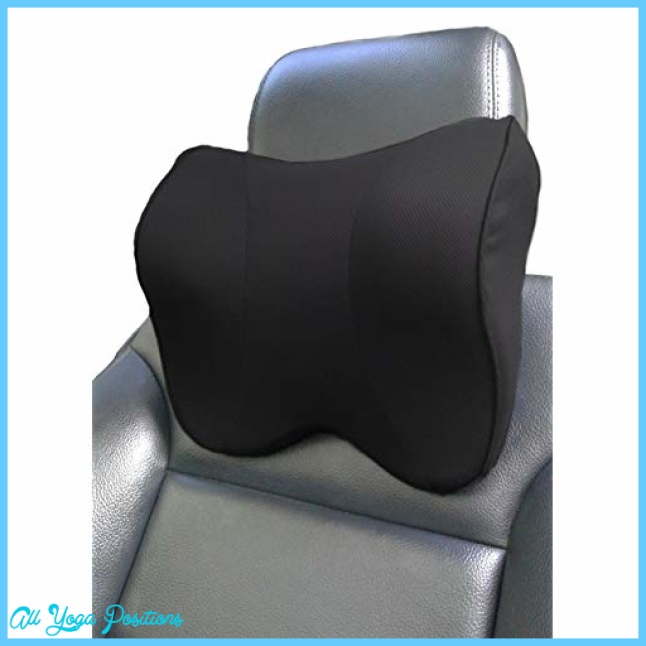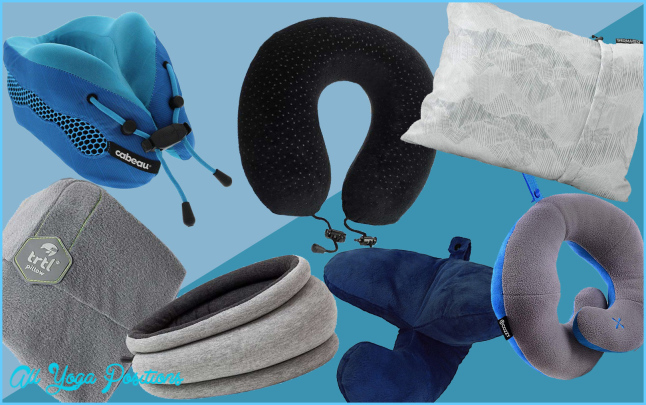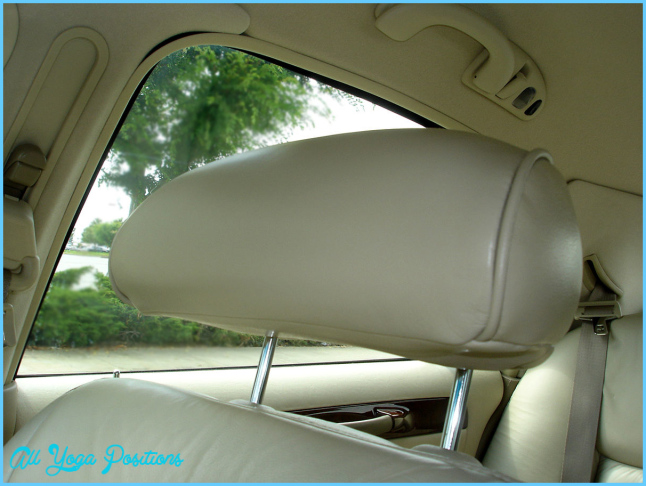The quick response to this question is that the headrest must always be down when weight is being placed on the head and shoulders. For all other exercises, the position will depend on the comfort and the alignment of the neck.
Traditionally, Footwork was performed with the headrest up. I use this position with the majority of my cliens whenever they’re on their back unless the hips are lifting high. The lifted position puts slight flexion on the cervical spine to prevent compression in the back of the neck. Some clients don’t feel comfortable this way.
When Do We Work With The Reformer Headrest Down, And When Should It Be Up? When Is Using A Pillow Helpful? Photo Gallery
Another option is to keep the headrest down, and/or to place a small pillow or towel under the neck to fill the space between the neck and the mat. Anytime the head looks like it’s tipping back, with the throat opening to the sky, the headrest must be lifted—and this is often enhanced with a small cushion under the head.
Certain exercises make my hip flexors feel like they’re gripping. Does that mean I need to work on abdominal strength? Any tips to “turn them off”?
Yes, you need to strengthen your abdominal muscles to turn off your hip flexors—which, by the way, are likely to be weak, too. To do this, pull your abdominals in and up, stressing the “up” part. Also, less is more: Roll back instead of up, decrease your range of motion, and bend your knees when doing anything involving leg extension, or even work with one leg extended at a time. Finally, if it doesn’t bother your back, when in supine with extended legs, work in neutral spine to create length in the front of your hips.

